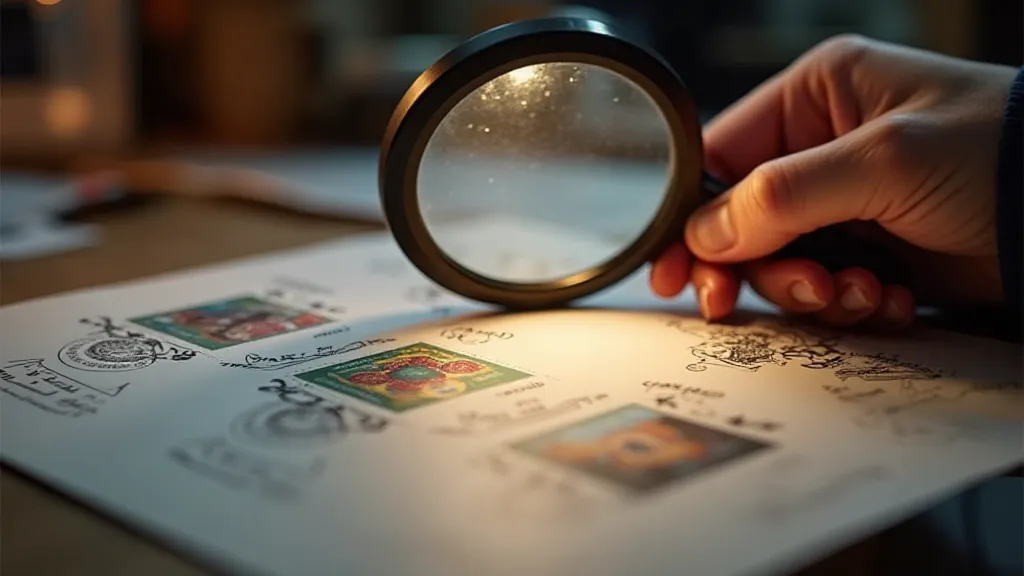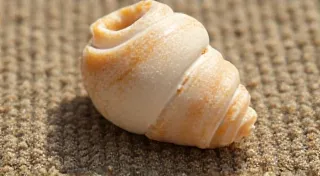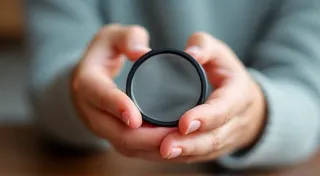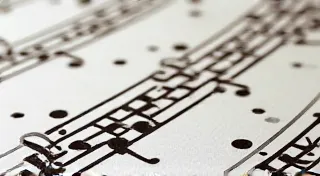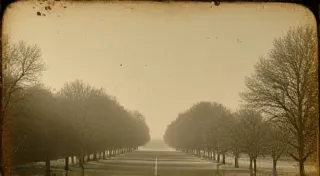The Oracle of the Postmark: Deciphering the Secrets of First Day Cover Provenance
The whisper of history often clings to objects, a faint echo of lives lived and moments passed. For a seasoned collector, especially one devoted to First Day Covers (FDCs), this whisper isn't just a romantic notion; it's a tangible element that significantly elevates a piece from mere collectible to a window into the past. Provenance – the documented history of ownership – is the key to unlocking that window, transforming an FDC from a visually appealing item into a story waiting to be told. It’s akin to a carefully restored antique accordion; the instrument itself is beautiful, a testament to the craftsman’s skill, but knowing its previous owners – a traveling musician, a wartime sweetheart, a forgotten composer – imbues it with an undeniable depth and soul.
First Day Covers, in their essence, represent more than just a stamp affixed to an envelope. They are time capsules, capturing a specific moment in postal history – the inaugural day of a new stamp issue. The crisp, official postmark, often meticulously sought after by collectors, is the first clue in this journey of discovery. But a truly exceptional FDC is one where the provenance can be traced, allowing us to understand not just *when* it was sent, but *who* sent it, and perhaps even *why*.
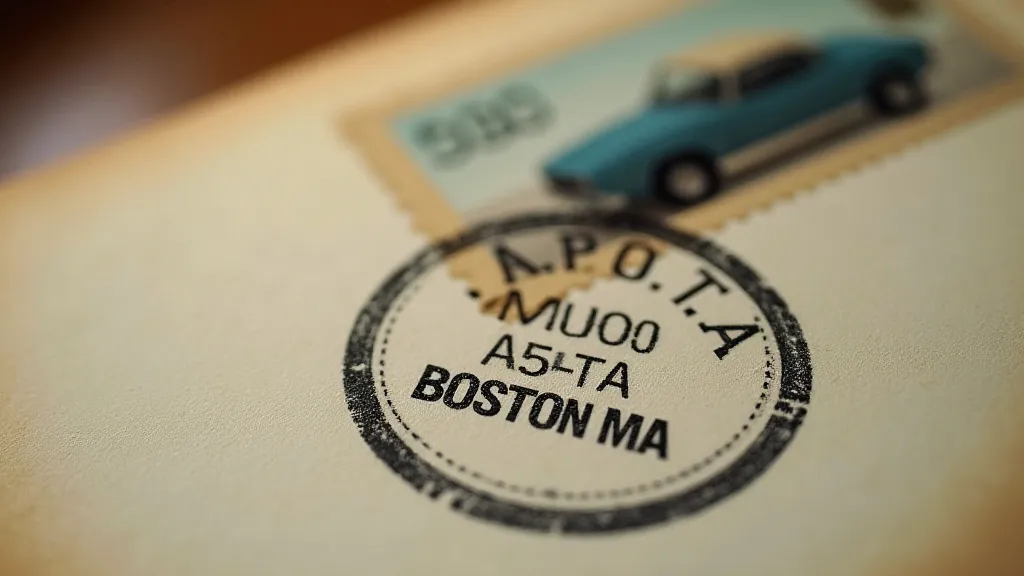
The First Clues: Examining the Envelope Itself
The hunt for provenance often begins with a meticulous examination of the envelope. Beyond the postmark, subtle clues can reveal surprising details. Was the envelope a standard commercial envelope, a personalized stationery piece, or a specially printed commemorative? The type of envelope often hints at the sender's status and the occasion. Personalized stationery, for example, suggests a sender of some standing, someone who valued presentation and perhaps belonged to a club or organization whose embossed logo is subtly visible. A simple commercial envelope, on the other hand, might represent a more casual correspondence.
Look for handwritten messages. Even a brief “Greetings!” or “Thinking of you” can provide a glimpse into the relationship between sender and recipient. The handwriting itself is a valuable data point. Early 20th-century handwriting differed significantly from modern script. Identifying the style can help narrow down the timeframe of the FDC's origin. Address formats also evolved over time, providing another layer of chronological information.
Consider the stamp itself. While most FDCs feature the newly issued stamp, occasionally, there are variations. A plate block, a corner block, or a misprint can dramatically increase the value and provide a different avenue for tracing provenance. Collectors specializing in postal history often dedicate years to studying subtle differences in stamp production, and their expertise can be invaluable in identifying rare variations and linking them to specific postal events.
The Art of Deduction: Connecting the Dots
The real challenge lies in connecting the dots. Let's imagine a 1930s FDC commemorating the Sesquicentennial of the U.S. Post Office. The envelope bears a faint, elegant script address and a beautifully executed postmark. A faint watermark, barely visible, suggests high-quality stationery. We know the recipient was a “Miss Eleanor Vance,” a relatively uncommon name.
This is where research becomes an art form. Start with genealogical records. Online databases and historical archives can reveal whether an Eleanor Vance existed at the time, and what her background was. Perhaps she was a teacher, a musician, or a member of a local society. Newspaper archives can provide more detailed information – a mention in a social column, an announcement of an engagement, or an obituary. Even a brief mention can provide crucial context and shed light on the FDC’s significance.
Local historical societies are often treasure troves of information. They often hold collections of letters, photographs, and other documents that can provide missing pieces of the puzzle. Contacting them can be surprisingly fruitful, as volunteers are often eager to assist researchers.
The Emotional Resonance of History
The true value of provenance extends beyond monetary worth. It’s about the human connection, the ability to glimpse into the lives of those who came before us. Knowing that an FDC was sent by a soldier to his sweetheart during World War II, or by a young woman celebrating her graduation, adds a profound emotional resonance. It transforms the collectible from a static object into a living testament to human experience.
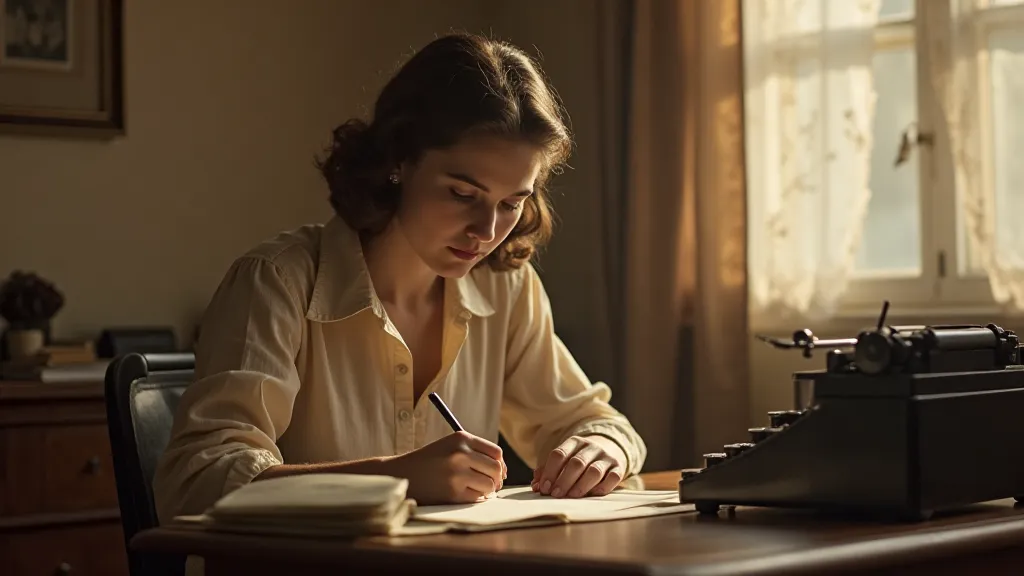
Restoration and Responsible Collecting
While restoration can sometimes be necessary to preserve the physical condition of an FDC, it’s crucial to approach it with caution. Excessive restoration can damage the envelope and detract from its authenticity. It's generally best to consult with a professional conservator who specializes in paper conservation. They can assess the condition of the envelope and recommend the most appropriate course of action.
Ethical collecting practices are also paramount. Provenance should be documented accurately and transparently. When selling an FDC, it’s essential to disclose all known information about its history. Honesty and integrity are the cornerstones of responsible collecting.
Beyond the Postmark: A Continuing Journey
Deciphering the secrets of First Day Cover provenance is a journey – a continuous process of research, deduction, and discovery. It requires patience, persistence, and a genuine appreciation for history. But the rewards are immeasurable. For the dedicated collector, each FDC is more than just a piece of paper; it’s a portal to the past, a testament to human connection, and a tangible link to a world that once was.
The next time you examine a First Day Cover, take a moment to look beyond the stamp and the postmark. Consider the story it holds, the lives it touched, and the journey it has taken. You might be surprised by what you find. The oracle of the postmark is waiting to reveal its secrets.
